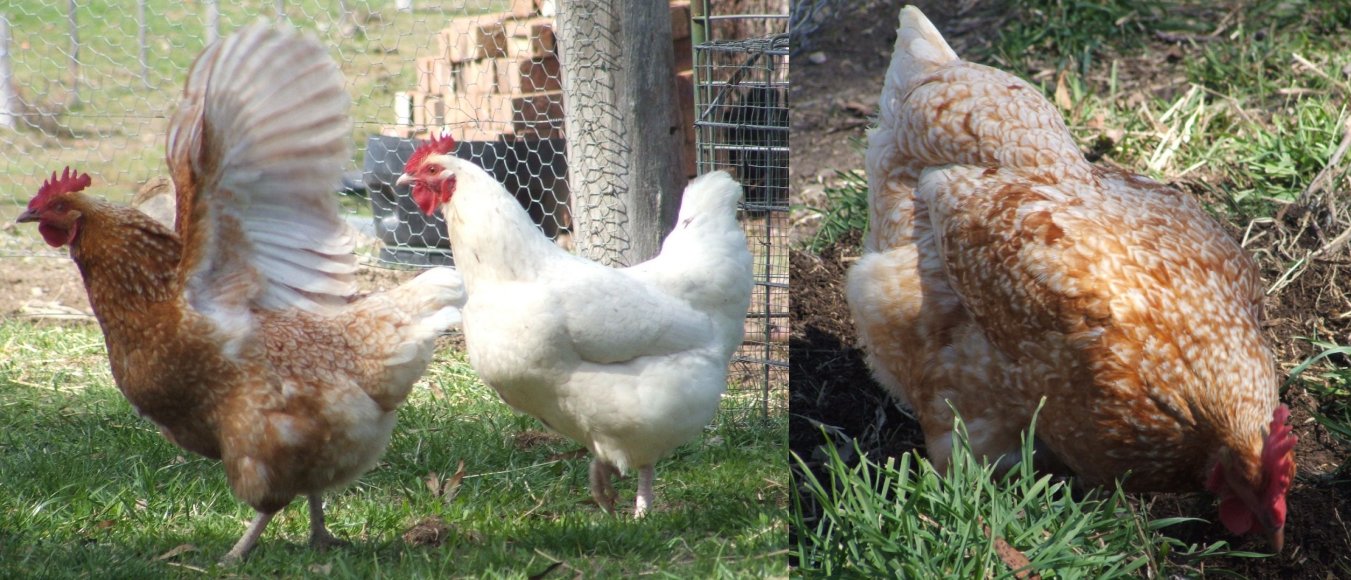The Poultry CRC has teamed up with the NSW Department of Education & Communities (DEC) to produce a number of videos outlining the fundamentals of keeping chicken in schools. A series of nine videos (ranging from less than three minutes to just over seven minutes) has been made available online via LearningNSWDET and Poultry Hub’s YouTube channels. This will also soon be made available on Scootle (the National Curriculum online database).
The films are targeted at schools that are new to keeping chickens, providing information and useful insights from a school already using poultry in their classrooms, with some expertise from Poultry CRC researchers and veterinarians. The titles of the films are:
- Choosing your birds
- Housing requirements
- Feeding and watering
- Poultry behaviour
- Routine Management and Holding
- Bird Health and External Parasites
- Bird Health and Internal Parasites
- Bird Health and Disease
- Show bird preparation
“With the number of schools that are keeping poultry on the rise, we saw a need for good quality teaching resources for schools that are new to poultry” said Poultry CRC Education Coordinator Liz Roan. “With the inclusion of Sustainability as a key curriculum area across all subjects, and Food and Fibre Production now included in the National Technology Curriculum, more schools are looking into keeping poultry at school and teachers are looking for good resources. The addition of short, informative films, which can be accessed via the updated Animals in Schools website, will be invaluable tools in helping teachers make a good start”.
Investment in school education is a long term proposition which will generate future support for industry in terms of public understanding as well as future personnel. Correct information must be provided to schools so they can easily comply with animal welfare legislation. Videos such as these reduce the chances of negative outcomes for the birds and engage students with the science behind the practices.
The advantage of producing materials for schools and educating school students is that it is possible to educate young people before they acquire negative or incorrect knowledge. This can only be to the industry’s long term benefit.
Additionally, the development of this resource gives the CRC reach beyond its term, when it is no longer able to post out physical resources to schools. “It complements the work we have already done in the production of the chick embryo development animation” said Liz. “The quality, visual appeal and availability of these videos will no doubt have an ongoing impact in schools across Australia (and hopefully across the world)”.


